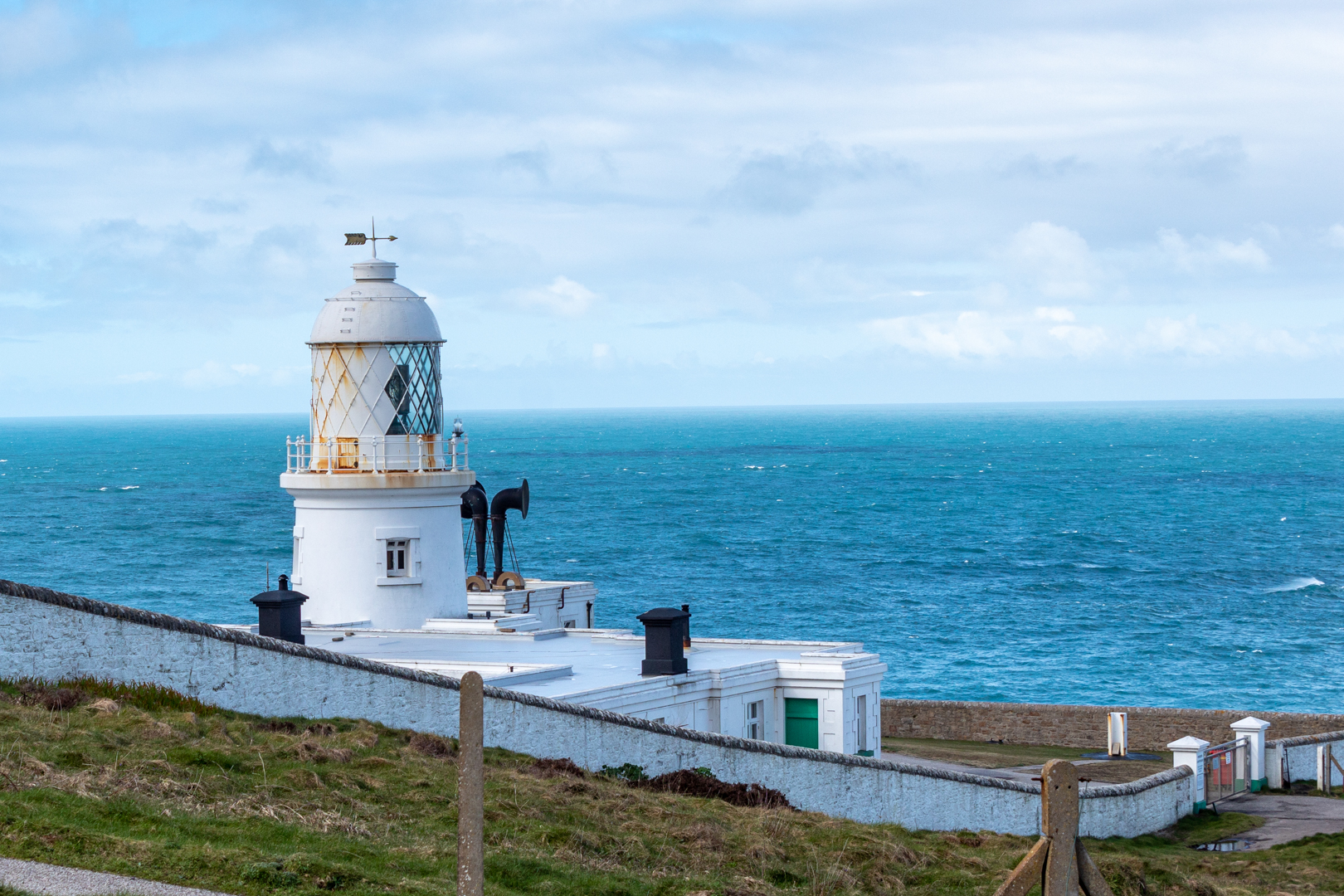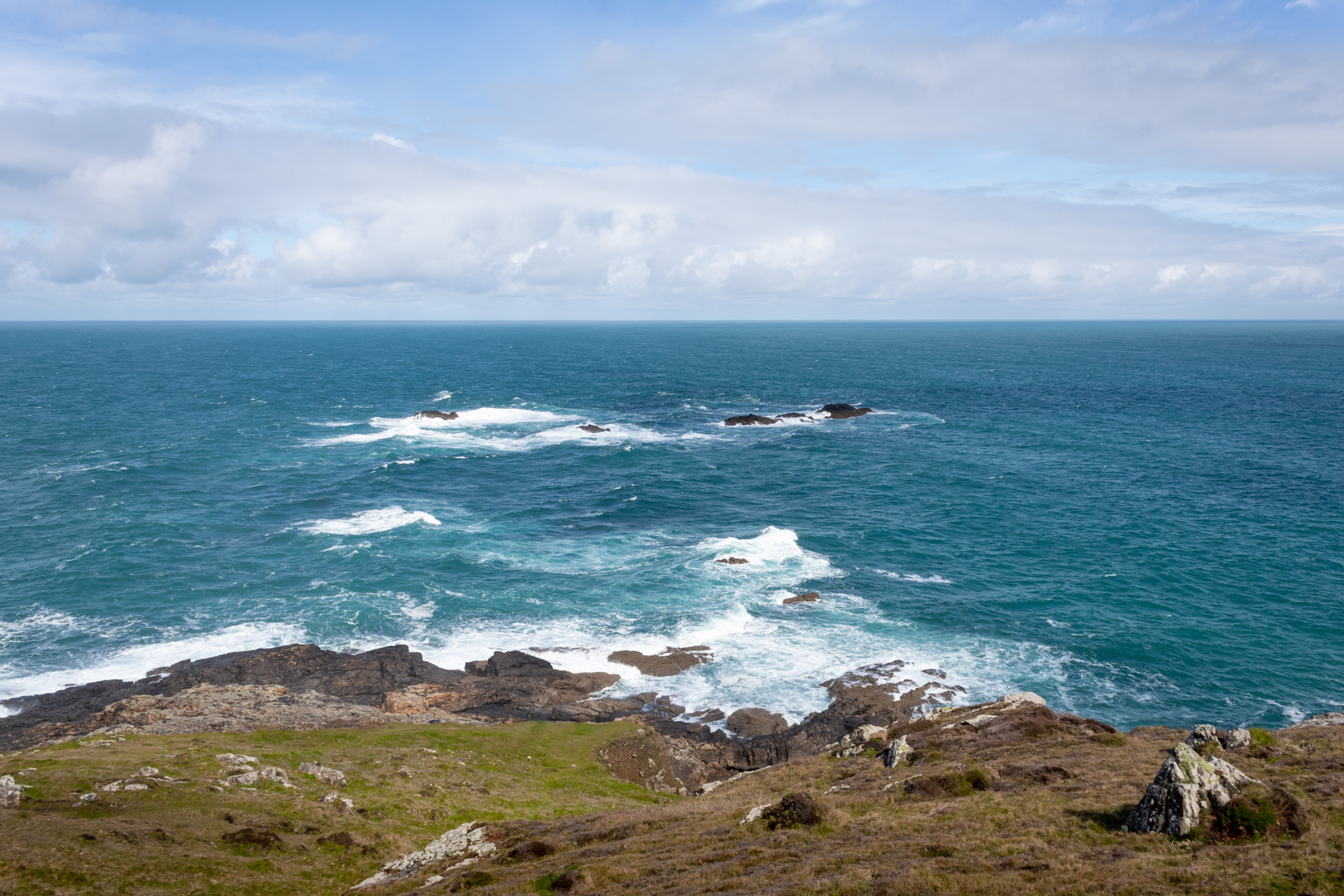The Burnham-on-Sea Low Lighthouse, fondly referred to as 'the Lighthouse on Legs',
has a rich and dynamic history that has evolved significantly since
its construction in 1832 and continues to play an operational role today.
Visit Date: April 2025
 |
| The Burnham-on-Sea Low Lighthouse |
The Low Lighthouse was built in 1832 by Joseph Nelson. It was constructed alongside the High Lighthouse to replace the original Round Tower Lighthouse, which had previously replaced a light maintained in the tower of St. Andrew's Church.
Its primary purpose has been to guide fishing boats and vessels safely into the entrance channel of the River Parrett, where it flows into the Bristol Channel. The Bristol Channel is known for its extensive mudflats and a tidal range that can recede over 1.5 miles (2.4 km), along with constantly shifting sands, all of which pose significant risks to shipping.
The structure is a Grade II listed heritage building. It is a square wooden building standing 9 meters (30 feet) tall on nine wooden stilts or piles, sunk sixteen feet into the sand.
 |
| Click on any image for a lager view |
Initially, the lighthouse was painted white with a black vertical stripe on the seaward side. In 1890, the color of the stripe was changed to red to make the lighthouse more visible during the day. Today, it remains white with a single vertical red stripe on its front face.
The Low Lighthouse originally displayed a narrow fixed beam of white light from its upper floor, visible through a square window. It functioned as a leading light in conjunction with the High Lighthouse, meaning vessels would align the two lights (one above the other) to determine the exact bearing of the deep-water channel into the Parrett estuary.
The Low Light had a range of 12 nautical miles (22 km; 14 mi). Beyond the channel, it also assisted vessels approaching the Bristol Channel from Hurlstone Point and Minehead. Keepers stationed at the High Lighthouse oversaw the operation of the Low Light.
 |
| The Burnham-on-Sea Low Lighthouse |
By April 1844, the Gore Sand had extended, making the alignment of the lighthouses inaccurate for indicating the deep-water channel. As a result, starting November 1, 1866, an additional red light was installed in the Low Lighthouse to shine towards Gore Sand, and another red light was added to guide departing vessels upriver.
With the arrival of electricity in Burnham in 1927, incandescent light bulbs replaced paraffin vapor burners in both lighthouses, rendering the keepers redundant. A submarine cable connected the two lighthouses, and their light characteristics were synchronized and controlled by a motor-driven machine in the High Lighthouse. Both lights were given an occulting characteristic, with the Low Light occulting every 2.5 seconds. It received a 500-watt bulb with a range of 9 nautical miles (17 km; 10 mi). An automatic lamp changer was also installed as a backup.
 |
| The Burnham-on-Sea Low Lighthouse |
The Low Lighthouse was deactivated in 1969 due to the installation of a new subsidiary sector light in a lower window of the High Lighthouse, which provided the correct bearing for the deep-water channel, making the Low Lighthouse surplus to requirements. However, on December 31, 1993, the Low Lighthouse was re-established and recommissioned after the High Lighthouse was decommissioned and sold, becoming a private residence and tourist attraction. The High Lighthouse's flashing white light and subsidiary sector light functions were transferred to the Low Lighthouse.
 |
| The Burnham-on-Sea Low Lighthouse |
The lighthouse has undergone multiple restorations due to rough sea conditions. Its stairway was removed in 1984 due to storm damage, and a metal stairway was later installed in 2010. The building receives a fresh coat of marine-grade paint every six years, with a total of 50 liters of Cuprinol opaque wood finish used for a previous makeover.
 |
| The Burnham-on-Sea Low Lighthouse |
Somerset Council inspects the building twice a year.
The current significance of the lighthouse is as an active navigation aid. It provides a white flash every 7 to 7.5 seconds and a fixed directional light (white, red, or green depending on direction) at a focal plane of 4 meters (13 ft), while the focal plane for the main light is 7 meters (23 ft).
 |
| The Burnham-on-Sea Low Lighthouse |
The lighthouse is currently owned and maintained by Somerset Council; it was previously operated by Sedgemoor District Council. Funding for its maintenance has been confirmed as secure by Somerset Council, despite budget concerns.
 |
| The Burnham-on-Sea Low Lighthouse |
The Low Lighthouse is an iconic structure and a symbol of the town's rich maritime heritage. It is popular with photographers and tourists and is featured in the town's coat of arms, local signage, and literature. The lighthouse is also a subject for local artists. Visitors can walk to its base during low tide, although there is no public access to enter the lighthouse itself. It is a key attraction on Burnham-on-Sea Beach.
 |
| The Burnham-on-Sea Low Lighthouse |
While the lighthouse is a popular destination, visitors are strongly cautioned about the hazardous mudflats and sinking sand on the beach, which are due to the area's vast tidal range.
 |
| The Burnham-on-Sea Low Lighthouse |
Symbolizing the town's rich maritime heritage, the Low Lighthouse is a popular destination for photographers and tourists alike, featuring prominently in local signage and literature. Although visitors can approach its base during low tide, access inside the lighthouse is restricted. The lighthouse is a central attraction on Burnham-on-Sea Beach, but visitors are advised to exercise caution due to hazardous mudflats and sinking sand typical of the area’s extensive tidal range.
Footer:Visit Information: -
Google Reference: -
51.24845147253358, -3.00585011421767
What Three Words reference: -
///wallet.quilting.cunning
OS Details: -
Grid Ref: ST 29892 50396
Additional information.
Visiting is easy as this is on the public beach, the nearest parking would be on Poplar Road
A full list of blogs can be found at my website
Google Reference: -
51.24845147253358, -3.00585011421767
What Three Words reference: -
///wallet.quilting.cunning
OS Details: -
Grid Ref: ST 29892 50396
Visiting is easy as this is on the public beach, the nearest parking would be on Poplar Road
( 51.24464740501554, -3.000507843662151) but this is busy.
There is however plenty of parking on the sea front
(51.2391062944699, -2.9989930766074693) then there is an easy 1.1 KM walk along the beach.
There are lots of facilities on the sea front.
A full list of blogs can be found at my website






















